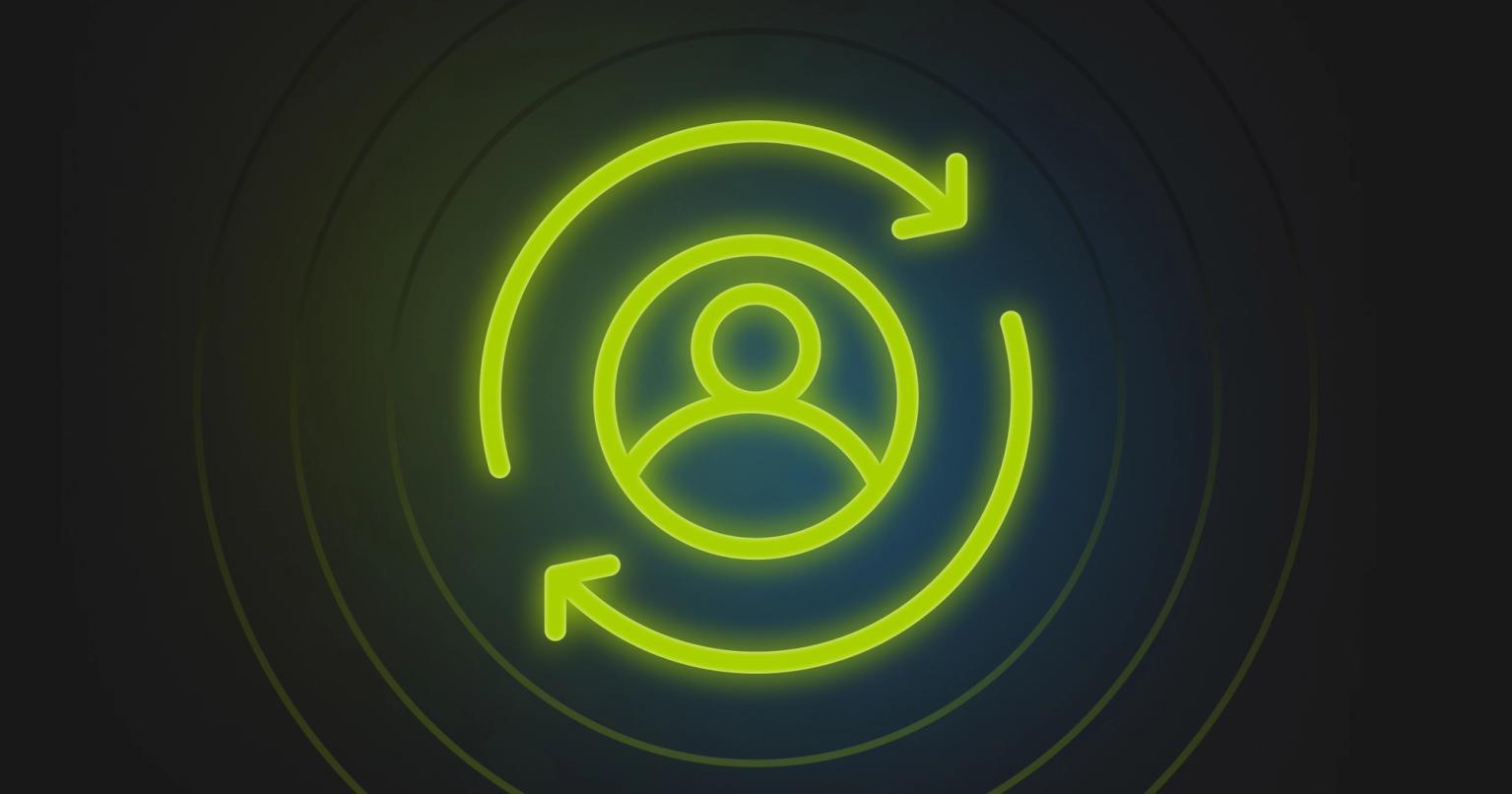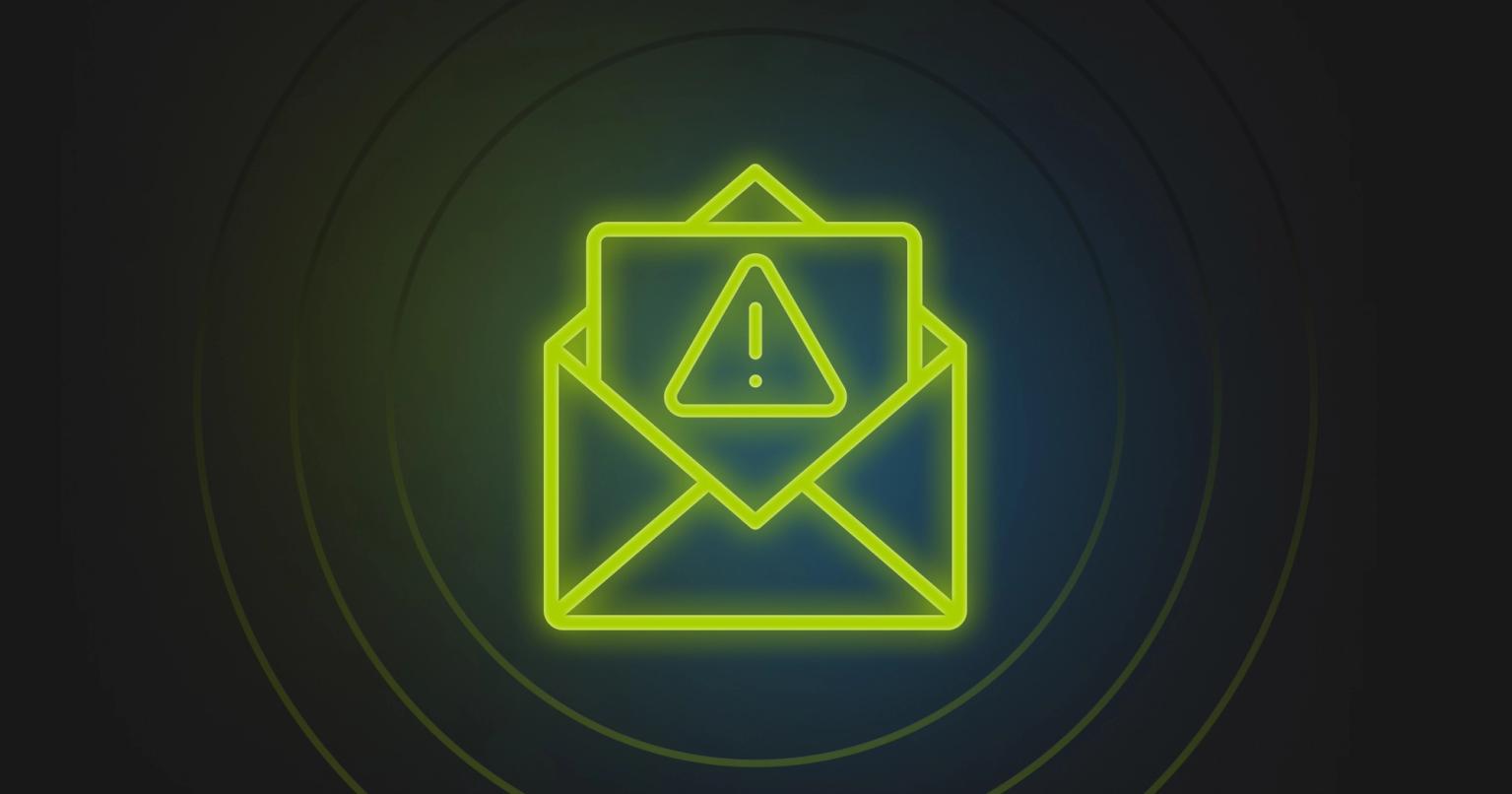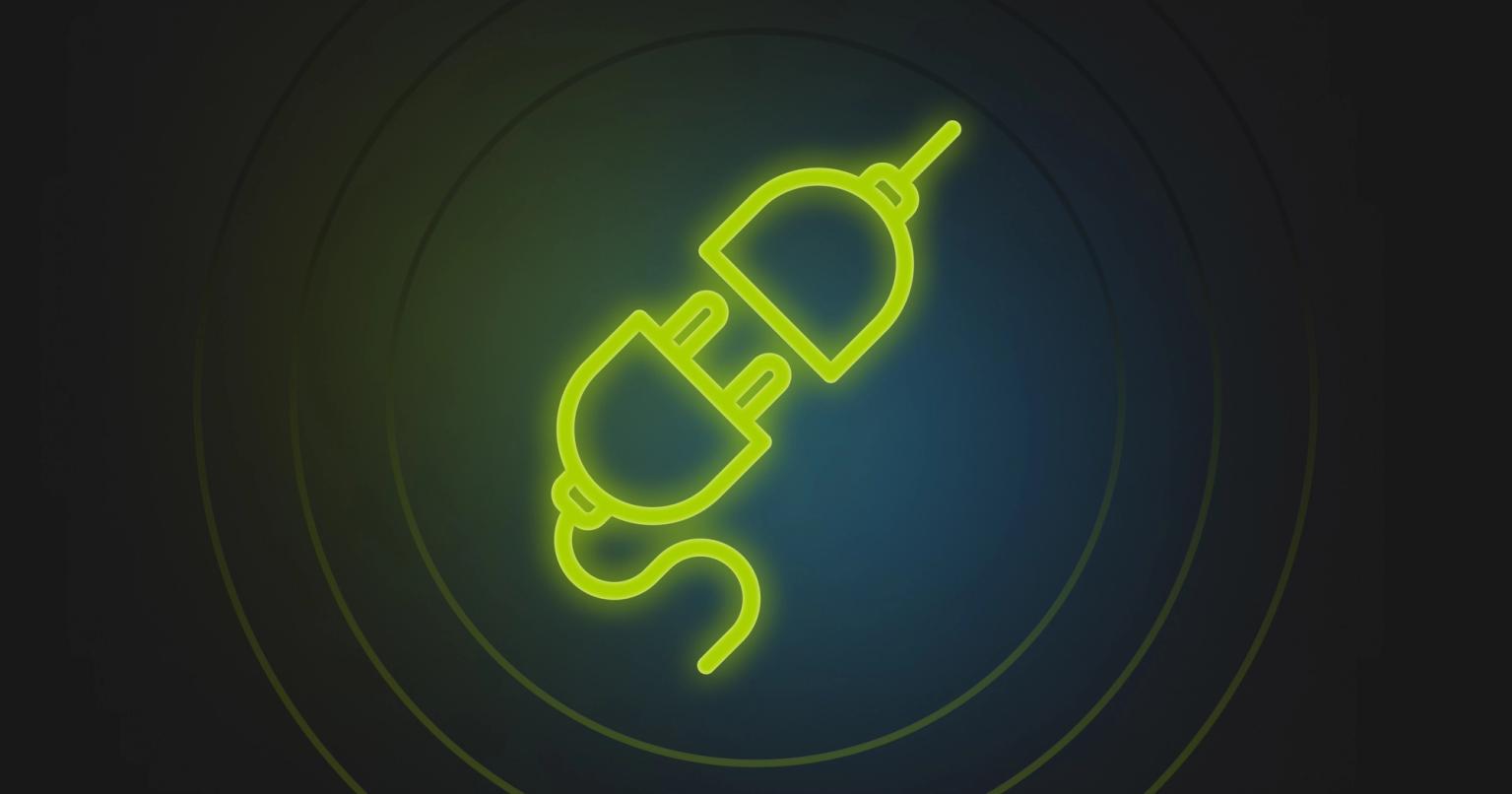
Summary
Unlock the power of brand consistency in emails with Knak's guide on brand guardrails: From fonts to tone, ensure your emails resonate your brand.
You’re a marketing pro. You know all about branding, and you’ve thoughtfully designed your website, landing pages, and print materials to look great and underscore your brand values.
But what about your emails? Are you leaving the design up to chance, relying on a centrally-placed logo to tell readers who the sender is?
Bad call.
Brand guidelines are important, and if you’re not being intentional with them, you’re missing a huge opportunity to deliver a strong, consistent message every time you send an email.
Your brand should be at the center of every email, and that requires more than a logo and a catchy CTA. Keep your team and your messaging on the same page by establishing guidelines for the following elements.
*Note: Are you part of an enterprise? Read on for a special bonus section for our marketing friends on large teams.
Brand like the pro you are
Ok, it’s time to set yourself apart. If you want to brand your emails like a pro, here’s what you need to define.
- Overall look
- Header
- Fonts
- Colours
- Tone
To make it easy, we’re going to compare two emails from HomeAway and show you how they maintain their brand identity across their emails.

Overall look
A predictable format = increased scannability.
These two emails have a similar look and feel, even though one is promoting mountain cabins and one is promoting September getaways. Lots of blue, an easily identifiable header at the top, and an easy-to-follow layout make it super easy for the reader to scan the email and find what they’re looking for.
It would be easy for a marketing team to take a very different approach to each of these emails, choosing woodsy, mountain graphics for the first one and palm trees and beaches for the second, but by keeping the emails similar, they’re teaching their readers what to expect. The two layouts aren’t identical, but they’re similar enough to be easily scanned.
Header
Subtle differences keep it engaging.
Check out the two headers. The colours, fonts, logo, and formats are identical. The amount of text is similar, and the buttons at the top of each header are laid out in the same way. They’ve changed the buttons to reflect the content, and now we’re debating the merits of ocean-front villas vs. log cabins.
The smart move here is that HomeAway built their headers to be simple and recognizable. The wording is different, but since the format is the same, our eyes knows where to look when we open their emails.
Fonts
Readable > Unique
We know. You’re a marketer, and you’re nothing if not creative. However, the fonts you’re using are a representation of your brand, and if they’re not rendering properly, your branding takes a hit.
Campaign Monitor has a great piece on choosing the best fonts for email marketing if you’re looking for some insight, but we’re more focused on the guidelines right now.
The HomeAway emails have a nice mix of fonts and font sizes. There are enough differences to keep it interesting, but they complement each other and maintain readability.
Colours
Consistent colour choice
HomeAway’s emails are heavy on the blue with white as their secondary colour. This is a great choice for them since blue is the colour of the sea and the sky, two images easily associated with vacation. Blue also symbolizes confidence and loyalty, so they’re subtly communicating with their customers through their colour choices without saying a word.
Since these two colours feature so prominently, the small pops of green and brown in their images underscore the design and give the emails a unified, consistent look.
Whether you’re going with a monochromatic, achromatic, analogous, or complementary colour scheme, keeping colours consistent across your brand make your material instantly recognizable.
Tone
It’s not what you say, it’s how you say it.
In your emails, messaging is what you say, and tone is how you say it. While your messaging will change from campaign to campaign, your tone should be well-established and consistent.
These two emails don’t have a ton of written content, but that doesn’t mean they aren’t communicating a brand tone.
Check out the sentences in the headers. The tone is friendly, straightforward, and a bit aspirational. With just a handful of words, they’ve convinced us that we’re too unique to go to a regular hotel, but that we definitely need a fall getaway.
They also understand that the text isn’t necessarily going to drive click-thru rates here. We’re going to be drawn in by the images, so they keep the text minimal and let the images speak for themselves.
Personal connection is the key to a successful campaign, and brand tone is crucial to making that connection. Do you want to be seen as earnest or witty? Unassuming or lighthearted? Straightforward or unexpected? Whatever you decide, make sure that every email you send sounds like it came from the same team.
Enforcing brand guidelines across decentralized & large teams
Enterprise or other large marketing teams have a unique set of challenges here. On teams that are largely decentralized, each department or brand is responsible for sending their own emails, and without strict guardrails in place, it doesn’t take long for each department to develop their own subtle differences.
As decentralization becomes more and more common, even among smaller teams, brand control on a granular level becomes critical to keeping “brand” at the center of your emails and maintaining compliance.
An email creation platform built for enterprises is the easiest, most cost effective way to set and enforce brand guardrails across multiple brands, teams, and locations. And while we hate to steer you in any one direction (just kidding, of course. Knak is the best), we’d like to point out that Knak’s editor for the enterprise can help with this. With Knak, you control your brand’s:
- Fonts
- Images
- Colours
- Building parameters
Plus, Knak’s platform uses modules instead of templates to build emails, so you can create an unlimited number of pre-approved modules for each brand and department. Your team adds in the content and images, but your approved fonts, layouts, colours, and parameters stay in place.
It’s basically the best of both worlds – creative freedom for your team, strong brand control for your organization. And since the modules are pre-approved and simple to use, your emails get to market quickly.
It also has the added benefit of making sure your emails render properly before they’re sent. After all, great branding means nothing if your recipients get a sub-par email.
Building a better brand
Emails are a key component of your marketing strategy, so make sure your brand is at the center of each one you send.
An email creation platform can be a major timesaver here since it lets you define and enforce brand guardrails, making it easy for anyone to build on-brand emails quickly.
But no matter what you use, if your creative elements are intentionally and thoughtfully designed, your emails will speak volumes, no matter how simple the message.
Want to talk email and branding? Request a demo to see how Knak can help level up your email strategy.
Not ready to chat yet? Check out our product page to learn more about Knak.












